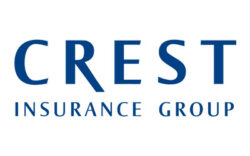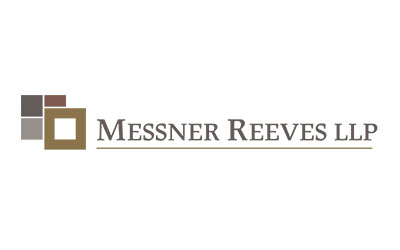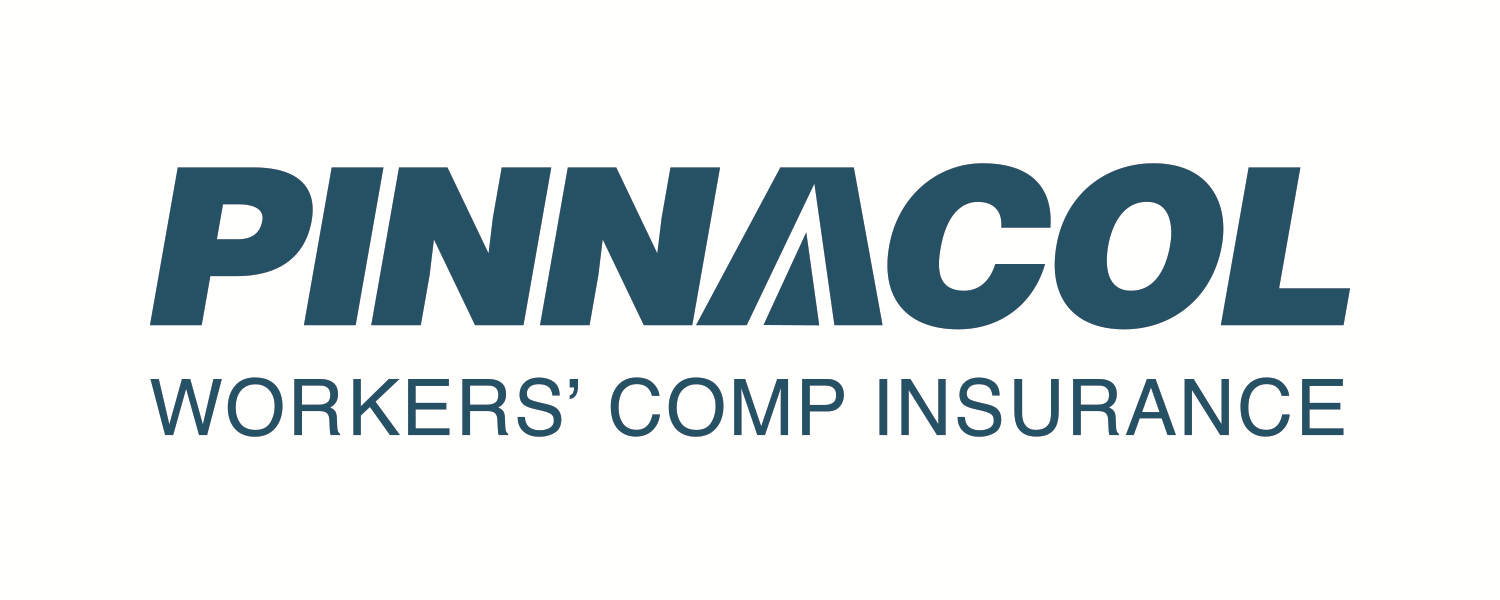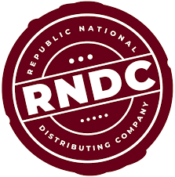Sponsored by our partners at Society Insurance
Did you know that more sexual harassment claims are filed in the restaurant industry than in any other industry? As many as 90% of women and 70% of men in the industry reportedly experience some form of sexual harassment, according to the Harvard Business Review.
With Sexual Assault Awareness Month (SAAM) in April, it’s time to develop new restaurant and bar policies and take a harder look at existing ones. Are your existing standard operating procedures working as well as they could? Has a recent state law change made sexual harassment training mandatory, but you don’t know where to begin? Look no further. Society Insurance, which specalizes in insurance policies for restaurants and bars, has put together seven items restaurant decision makers should include in their sexual harassment policy including how to file a complaint, retaliation procedures to ensure the victim is protected against possible future vengeful acts, state-specific resources and online training.
- Definition of sexual harassment in the workplace. Your policy must include a clear definition of what constitutes sexual harassment. As defined by Equal Employment Opportunity Commission (EEOC) Guidelines, sexual harassment includes:
- Unwelcome sexual advances
- Requests for sexual favors
- Verbal or physical conduct of a sexual nature
- Sexual conduct made, either explicitly or implicitly, a term or condition of an individual’s employment
- Situations where submission to or rejection of sexual conduct by an individual is used as the basis for employment decisions
- Sexual conduct that unreasonably interferes with an individual’s work performance
- Sexual conduct that creates an intimidating, hostile or offensive working environment
Discuss different scenarios and give various examples of what constitutes sexual harassment or does not constitute sexual harassment. Employees may have a different idea of what is considered sexual harassment.
- Scope. Your sexual harassment policy should be thorough and expansive. Include who is expected to abide by the sexual harassment policy. What if an incident occurs outside of the restaurant/bar? What if the incident is after working hours? Be as detailed as possible.
- Internal complaint procedure. This section should discuss how management and/or HR will handle the sexual harassment complaint, step-by-step. Discuss all of the phases of the procedure:
- Investigation
- Resolutions
- Appeals
Every situation is unique so this section shouldn’t be too detailed, but rather cover the steps of addressing, documenting and completing the procedure.
- How to file a complaint with the EEOC, if desired. Whether an employee is the victim of sexual harassment or a witness to an incident, it is critical that the employer provide steps for filing a sexual harassment complaint. According to the EEOC, “Although the law doesn’t prohibit simple teasing, offhand comments, or isolated incidents that are not very serious, harassment is illegal when it is so frequent or severe that it creates a hostile or offensive work environment or when it results in an adverse employment decision (such as the victim being fired or demoted).”
- Employee rights. Each state has its own specific harassment rights requirements. In some states, like Illinois, all employers must provide sexual harassment prevention training to all employees within the state each year, while restaurant and bar owners have industry-specific training, which must be provided in both English and Spanish. However, Colorado has no state requirements, but “encourages all employers to take necessary steps to prevent sexual harassment, including sensitizing employees to sexual harassment issues.” State legislation continues to make revisions to sexual harassment laws, so it’s important for Colorado business owners to keep up with changing Colorado laws. Each state’s specific requirements for 2021 can be found here.
- Retaliation procedures. Individuals who have been subjected to sexual harassment or witnessed it must know they have protection against later vengeful acts. Reaffirm that every employee has a duty to report. Outline what you will do to keep those who report safe and reassure them that their job will be safe.
- Disciplinary action. Explain the disciplinary process for your restaurant/bar. For example, does a first-time offender who made inappropriate jokes receive a verbal warning? Are second-time offenders demoted, transferred, or fired? Explain the process and potential outcomes.
Most importantly, it is in your best interest to consult with an attorney in your state to review and discuss your sexual harassment policy in detail before rolling out to employees.
If you don’t know where to start, we recommend ServSafe’s Sexual Harassment Prevention for the Restaurant Industry program to help create a harassment-free workplace. Sexual harassment should not be considered as just “part of the job.” Besides the obvious trauma that can accompany sexual harassment, research has shown harassment in the workplace increases employee stress, anxiety, burnout and turnover. Additionally, it’s the employer’s legal obligation to protect their employees from sexual harassment as stated by the EEOC.
Real, tactical plans are the key to addressing and curbing harassment. It starts with business owners and managers to create a safe working environment and lay out a clear path should incidents occur.
This article is not a template. It is meant to be a guide as to the questions and issues that should be addressed when drafting a policy. The links provided are a convenience and for informational purposes only; they do not constitute legal advice or an endorsement or approval by Society Insurance of any of the statements, or opinions, or content of the organization. Society Insurance bears no responsibility for the accuracy or content of linked or cited material. This article is not intended to give legal opinions or provide any kind of legal counsel. For a legal opinion, please seek legal counsel from a qualified attorney.
About the Author: Krista Arnhoelter is a senior human resources manager at Society Insurance. Krista oversees the recruiting, benefits, wellness, employee relations, employee engagement, employee development and payroll aspects of human resources at Society. She has earned the PHR and SM certifications. Learn more at societyinsurance.com.














